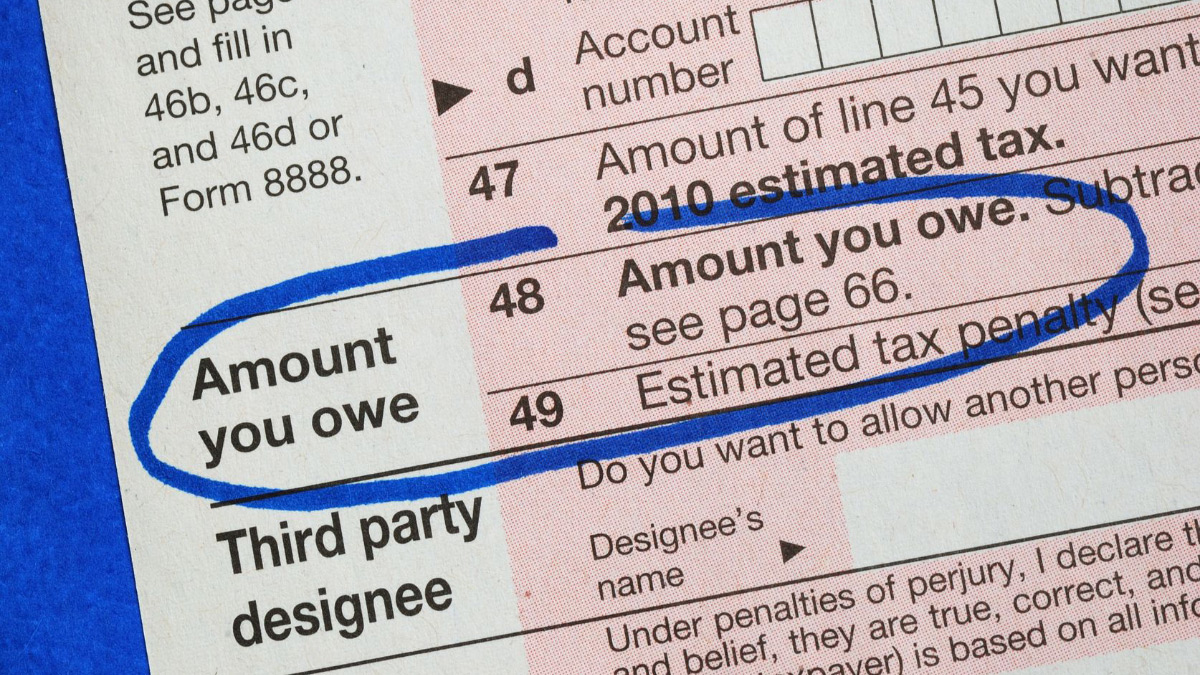No matter how much government spending Americans support, they seek to minimize their tax burden by taking every allowance the IRS code allows. This gives them the illusion that government is smaller than it really is, but of course the government has to get the money somewhere, somehow and sometime.
There is also a different sort of apparent tax minimization, this one pulled off by politicians. Those in government who want to spend more of other people’s money seek to make taxes appear as low as possible, often through misrepresentation, because minimization increases public support for their policies.
Sen. Elizabeth Warren’s (D-Mass.) recently proposed “ultra-millionaire” wealth tax, estimated to bring in $2.75 trillion over a decade (but given the difficulties of implementation and evasion, that estimate is questionable, illustrated by the fact that when Sweden eliminated its wealth tax roughly a decade ago, The Financial Times reported it had “virtually no effect on government finances”), might be the most expensive tax misrepresentation ever.
Warren would impose an annual wealth tax of 2 percent on the 75,000 households with a net worth of over $50 million—3 percent on those with a net worth of over $1 billion. A 2 or 3 percent tax on a small number of people doesn’t sound so burdensome and an advocate of the tax can always deflect criticism by ignoring that both wealth (representing previous income) and income, if earned via voluntary transactions, produced benefits for others rather than taking from them and saying “the rich” can afford such a seemingly small burden.
However, we must remember that what is proposed is not a one time wealth tax, as much public discussion implicitly assumes, but an annual wealth tax, which would impose a phenomenally larger burden. For a given level of wealth, a 2 or 3 percent annual wealth tax would take 20 or 30 percent of the affected households’ wealth over a decade. (e.g., Someone with $100 million in wealth beyond the exempt level would pay $2 million in taxes each year on it with a 2 percent rate, totaling $20 million—20 percent of that $100 million—over a decade.)
The American Enterprise Institute’s Alan Viard asks us to consider a wealthy household that invests in bonds paying (that is, increasing net worth) 3 percent annually. A 2 percent wealth tax would thus take away two-thirds of the bond income. (e.g., $100 million of assets invested in bonds at 3 percent would yield $3 million per year, but a 2 percent tax on the $100 million of wealth would take away $2 million per year, which is 67 percent of the earnings on the bonds.)
A 3 percent wealth tax would be the equivalent of 100 percent tax on that income. And that ignores the 37 percent top federal income tax rate (as well as state and local taxes) that would first be applied to that bond income.
Government efforts to hide or disguise taxes have a long history.
For example, employer—paid unemployment insurance contributions, as well as the employer’s half of Social Security and Medicare taxes, minimize taxpayer awareness of the cost of government. Employers, who remit those taxes on behalf of employees, must regard those payments like wages: as part of the cost of employing workers.
Therefore, at least some of that money comes from employees themselves. But they are likely to blame employers rather than government for their not being paid more. Similarly, higher corporate taxes result in lower wages and higher prices, again giving government the money but diverting blame to corporate management. Income—tax withholding further reduces awareness of the tax burdens.
Then we have policies that act like taxes, but aren’t counted as such. Deficit spending, which really represents a shift of taxation from present to future, disguises a substantial part of government’s cost. The massive unfunded liabilities in Social Security, Medicare and other programs disguise even more of it. Mandated benefits, for example, health insurance and paid family leave, ultimately come out of employees’ pockets. Regulatory burdens are also disguised taxes are further similar evasions.
A further technique of tax subterfuge is to apply multiple taxes to the same income, allowing the burden to appear smaller because the focus on only one tax at a time avoids recognition of the cumulative burden.
For instance, a corporation’s income must cover property taxes as well as federal and state (and sometimes local) corporation taxes. When a corporation passes (already reduced) earnings to shareholders as dividends or in higher share prices, the money faces federal and state (and sometimes local) personal income taxes on dividends or capital gains. Each tax bite in isolation looks smaller and less distortion than the far larger cumulative burden.
When you recognize that “small” wealth taxes actually impose huge burdens and that seemingly minimal distortions would actually wipe out substantial wealth creation you can see that this proposal is just the latest in a long line of tax misrepresentations. Unless you believe that dishonesty is the best policy, this is an overwhelming reason to oppose her presidential candidacy.








